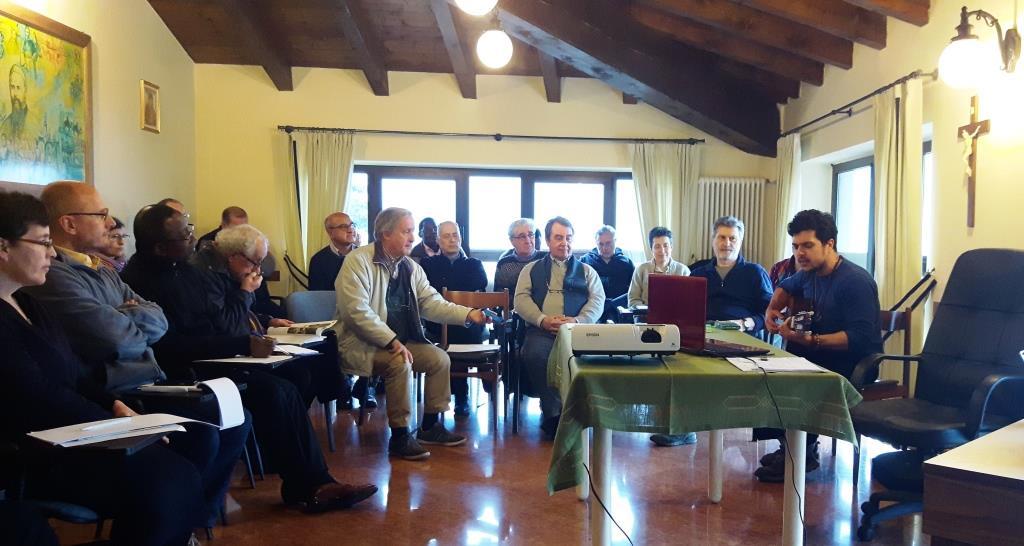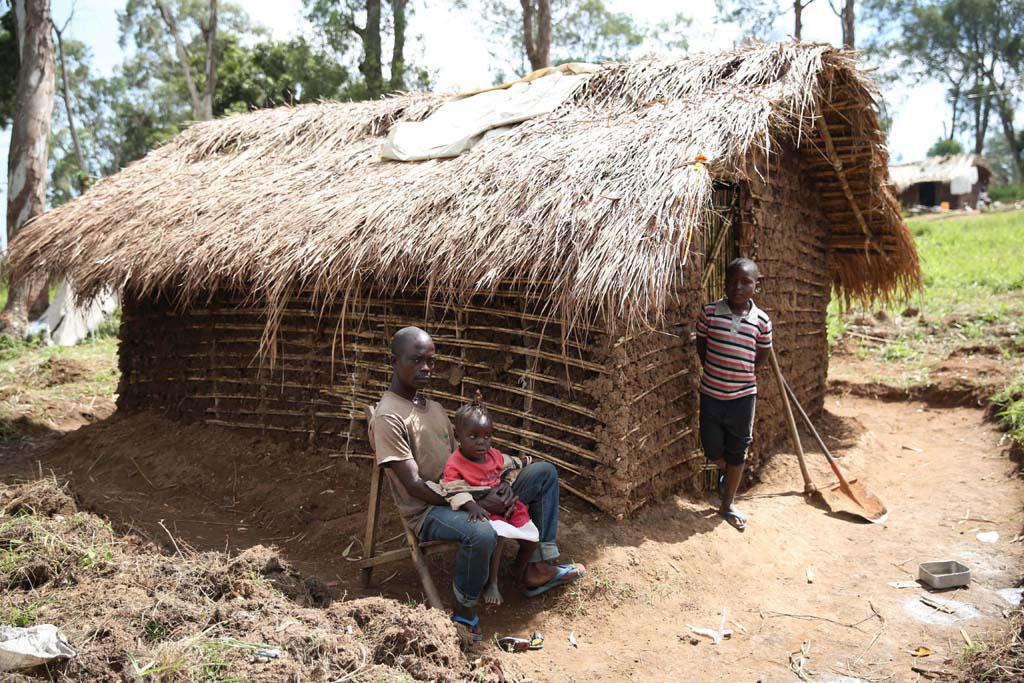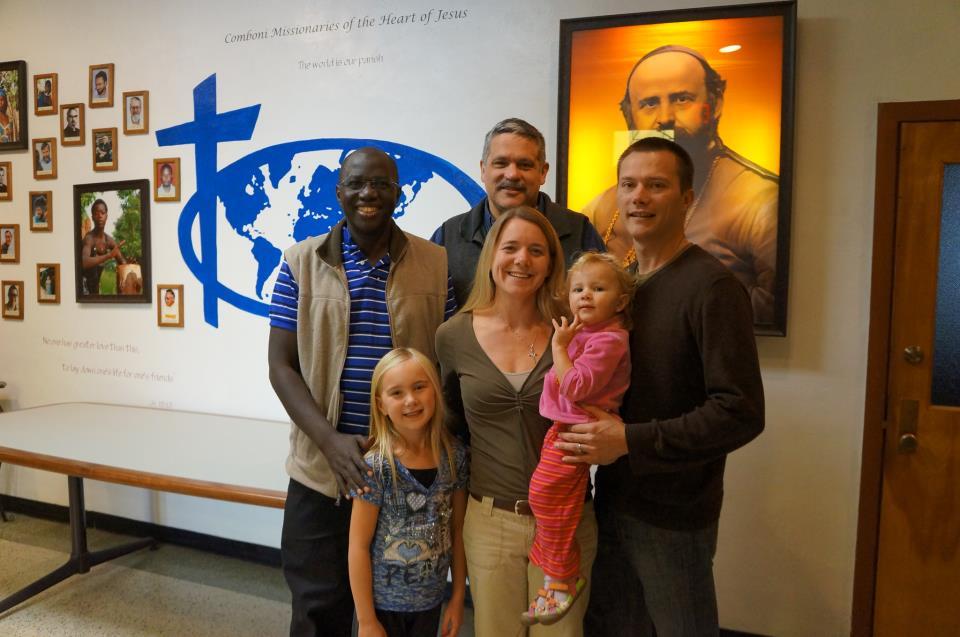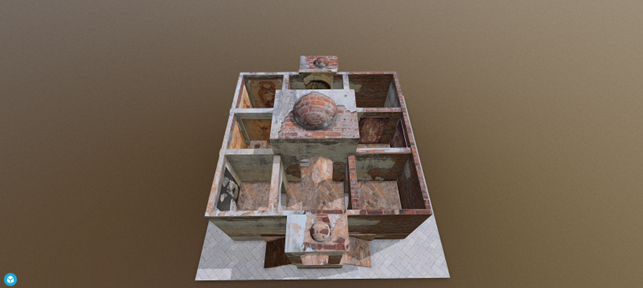Daniel Comboni
Missionários Combonianos
Área institucional
Outros links
Newsletter
Wednesday, September 28, 2022
The Church of Sonqi Tino was built in the X century in the North of Sudan. For centuries, probably from the XIV to the XX century it remained hidden by the sands of the desert. In 1967, within the framework of an archaeological campaign promoted by UNESCO for the exploration and rescue of the archaeological heritage in the desert region of the Batn el-Hajar, La Sapienza University started working at a Christian site around Sonqi West during the 1963-1964 reconnaissance survey conducted by UNESCO – Sudan Antiquities Service.
The Comboni Missionary, Fr. Giovanni Vantini, was a member of that expedition appointed by the Holy See as the Vatican was among the funders of the project. The archaeological expedition rescued the frescoes of the walls of the church. These ones were distributed among the Near East Museum of La Sapienza University Rome, the Vatican Museum and the National Museum of Khartoum.
Three finalist students of the BSc in Computer Science at Comboni College of Science and Technology (CCST), Ezekiel Yom Mayiel, Rita William and Rasho obtained the architectonical designs of the Church produced by Giuseppe Fanfoni in 1967, a map with the original location of the frescoes produced by the archaeologist Loredana Sist and the images of those frescoes and recreated the church that would be covered and destroyed by the waters of the Lake of Nubia in 1971.
The church consisted of a mudbrick square building (9.30 x 8.30 m), which was subsequently enlarged with the addition of later structures. Its plan included nine rooms arranged according to a well-known cruciform pattern that had its fulcrum in a central room, open on its four sides and covered by a dome.
In 2021 the Institute of Cultural Heritage-National Council of Research of Italy trained some students and College staff on applications of Computer Sciences to cultural heritage. Now, thanks to the graduation project of these students, the church can be visited through this virtual reconstruction: click here.





